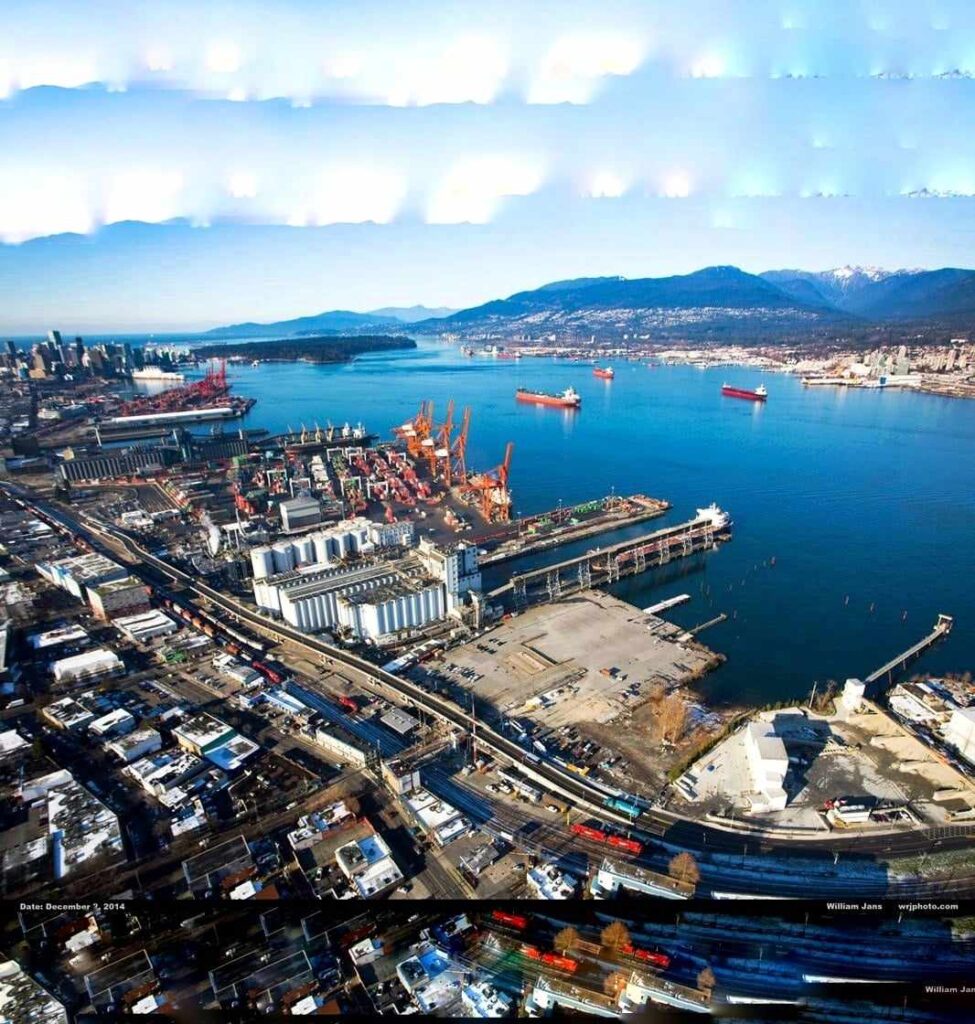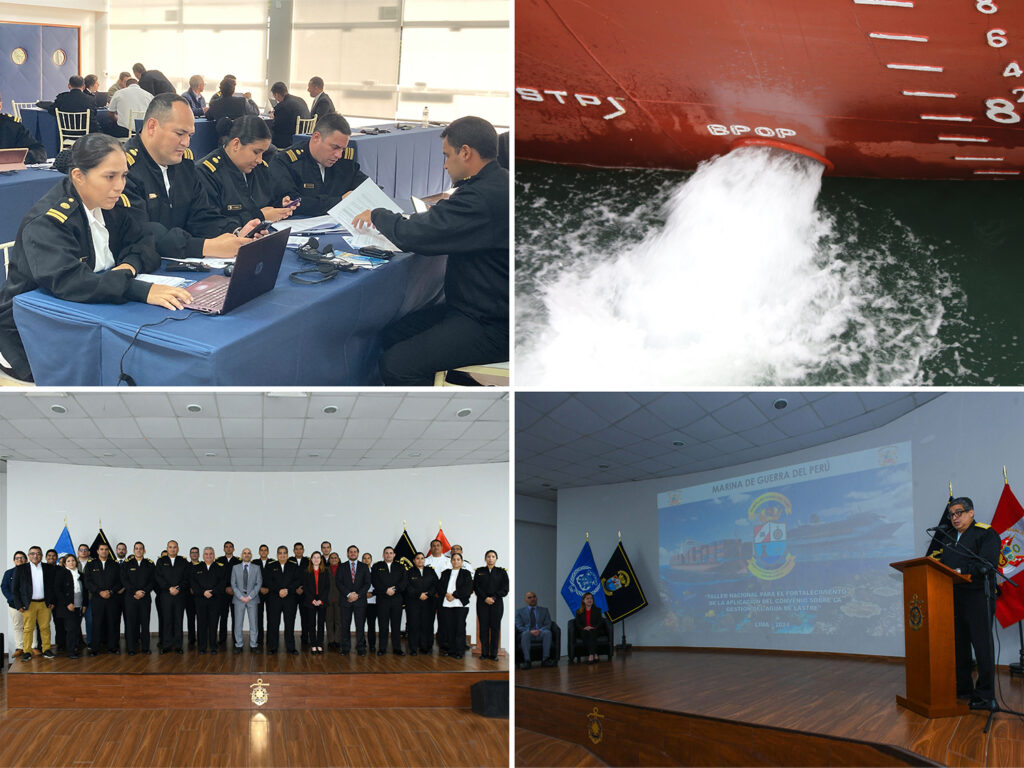Burrard Inlet—which is home to 23 of the Port of Vancouver’s 29 major terminals, receives almost two-thirds of the port’s deep-sea ship traffic, and supports more than $105 billion of annual goods movement.
Vancouver, B.C.: The Vancouver Fraser Port Authority is expanding a centralized scheduling system for marine traffic to include the entire Burrard Inlet, boosting safety and efficiency in one of Canada’s most important trade gateways.
Sequencing commercial ship movements
The system allows the port authority to take an active role sequencing commercial ship movements in Burrard Inlet—which is home to 23 of the Port of Vancouver’s 29 major terminals, receives almost two-thirds of the port’s deep-sea ship traffic, and supports more than $105 billion of annual goods movement.
5,000 movements of cargo vessels
Co-developed with DHI SeaPort OPX, the centralized scheduling system integrates advanced digital modeling such as weather forecasts and tides to help plan and optimize commercial ship movements in high-traffic areas of the Vancouver harbour.
It is expected to help coordinate more than 5,000 movements of cargo vessels, cruise ships and tugs pulling barges every year—with up to 20 daily transits under the Lions Gate Bridge in times of peak demand.
Visibility of marine movements
The system will also enhance visibility of marine movements in Burrard Inlet—enabling better coordination among port users and allowing ship, terminal and rail bridge operators to foresee demand and optimize operations.
Opportunities for CN
This includes providing visibility over ship transits through the Second Narrows rail crossing, creating opportunities for CN to enhance rail service capacity and reliability for the North Shore trade corridor. In 2023, North Shore terminals moved about 30% of the port’s overall cargo by volume including 50% of its grain exports.
Centralized scheduling system
The centralized scheduling system is a key pillar of the port authority-led Active Vessel Traffic Management Program and was initially rolled out in eastern Burrard Inlet in October 2023, supporting sequencing of cargo ships, tugs and barges visiting the six marine terminals east of the Second Narrows rail bridge such as bulk exporters Pacific Coast Terminals (PCT) and Trans Mountain.
More than $105 billion of goods
More than $105 billion of goods including bulk exports like grain and fertilizer, containerized trade, and breakbulk cargo like forestry products and construction steel moved through Burrard Inlet in 2023, while cruise ships made 332 calls to the Canada Place terminal.
Cover the entire Port of Vancouver.
Almost 2,000 of the approximately 3,000 deep-sea ship visits the port receives each year move through Burrard Inlet.
The port authority is planning to expand the centralized scheduling system to the Fraser River by the end of 2025—to cover the entire Port of Vancouver.
The busiest waterway
Shri Madiwal, Vice President of Operations and Supply Chain, Vancouver Fraser Port Authority said
“We are excited to extend our centralized scheduling system to Burrard Inlet, as we further enhance port efficiency through greater coordination, collaboration, transparency and reliability of operations in the busiest waterway of Canada’s largest and most diversified port.”
“The scheduling system for marine traffic is already optimizing ship movements in eastern Burrard Inlet—streamlining operations and increasing safety and efficiency as traffic grows with Trans Mountains’ expanded pipeline and terminal berths now online. The centralized scheduling system is a big step forward strengthening the maritime supply chain we support.”
CN values the opportunity

Whereas Nicole James, Vice President Transportation – Western Region, CN
“CN values the opportunity to collaborate with the Vancouver Fraser Port Authority on this important new system. Improved scheduling between rail and marine traffic will help CN better serve our customers on the North Shore, an area critical to the Canadian supply chain.
Coordination of marine traffic
On the other hand Joravar Singh Nijjar, Vice President of Terminals, PCT said :
“PCT sees the expansion of the centralized scheduling system across Burrard Inlet as a promising development for improving the coordination of marine traffic.”
Read more :
Canada port strike ruled illegal by industrial relations board





